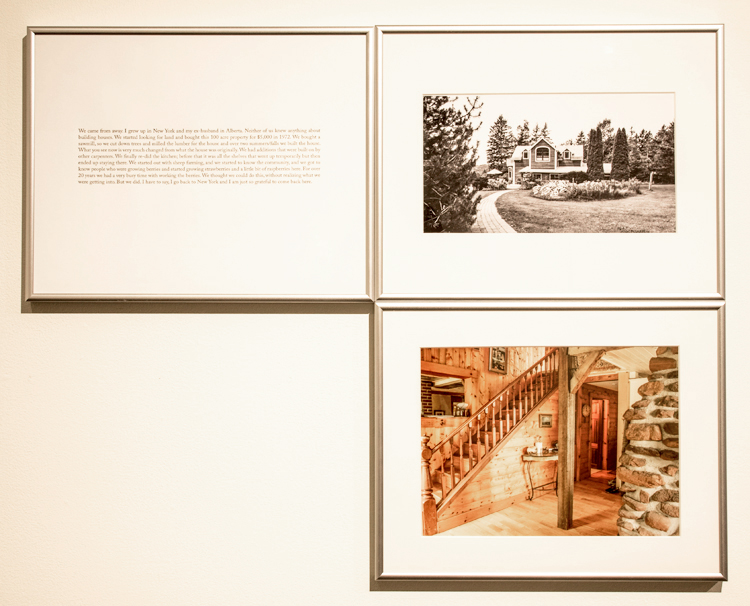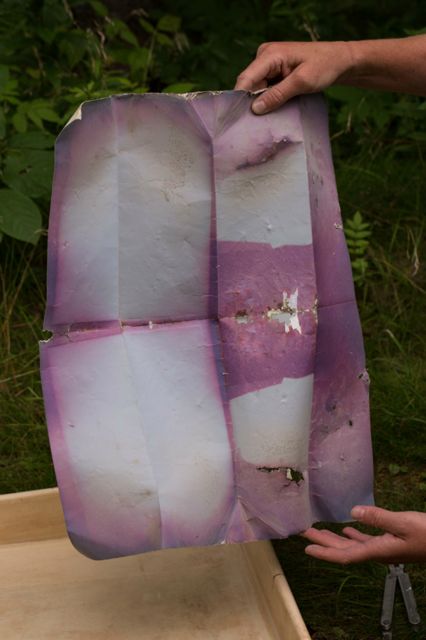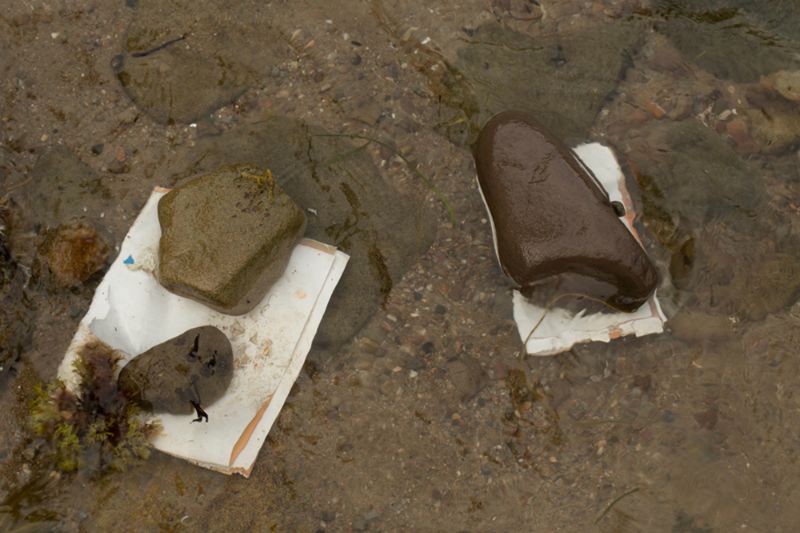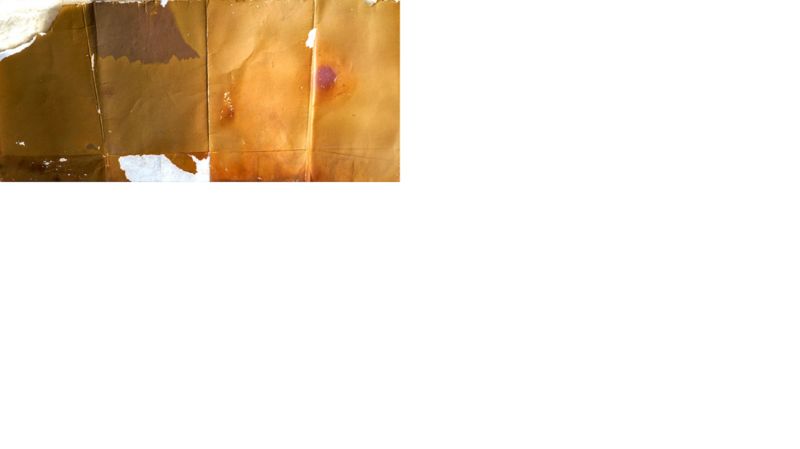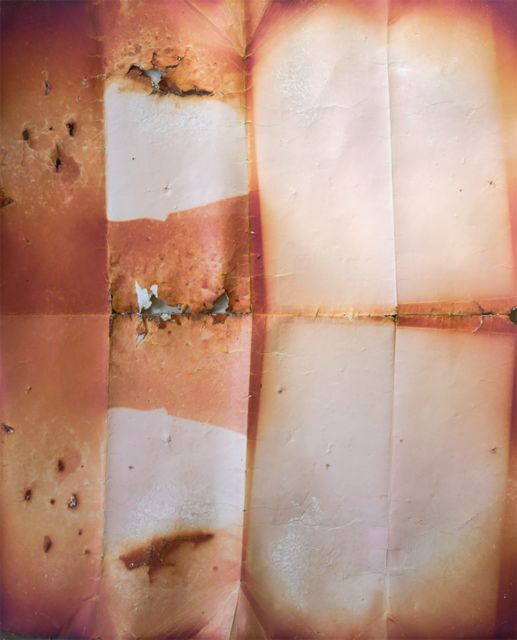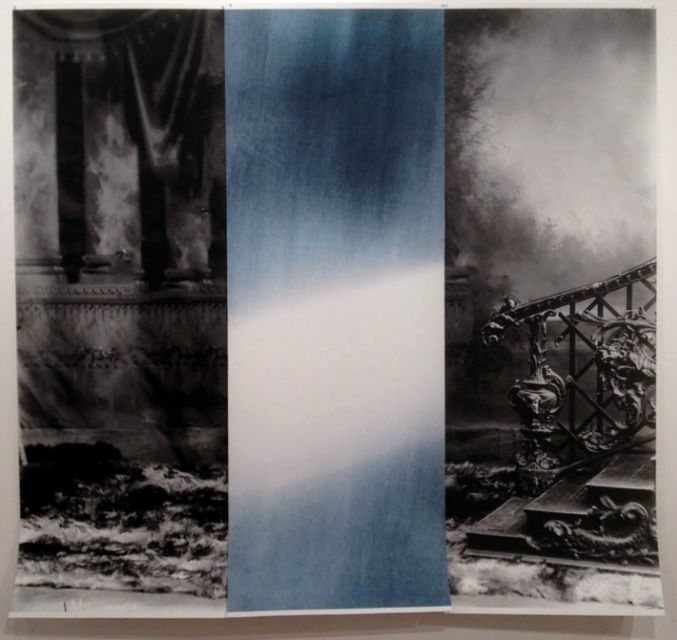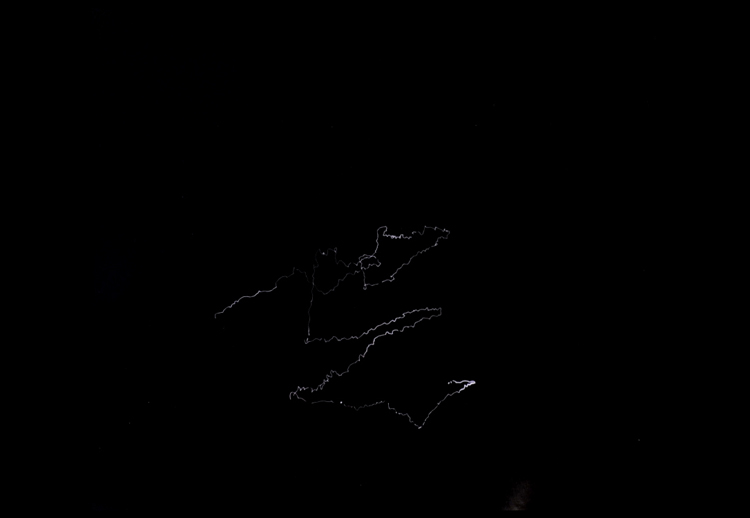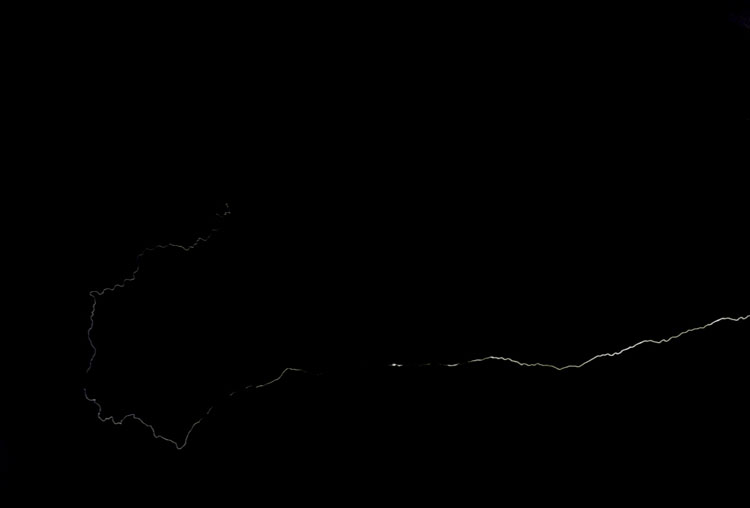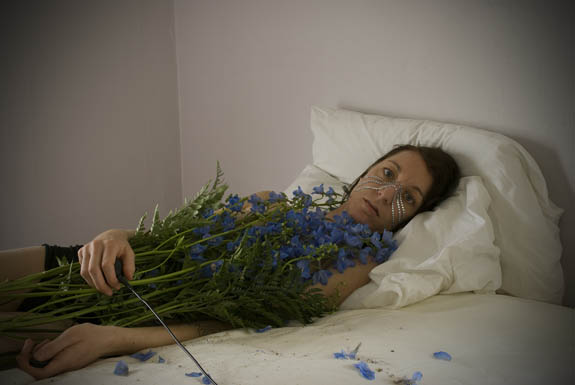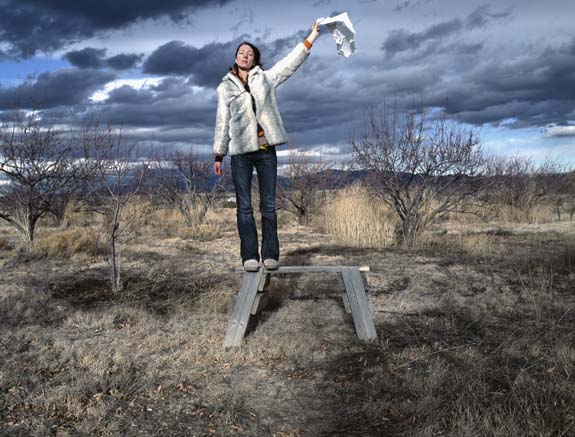I was commissioned to create work examining the relationship between Back-to-the-Landers and their homes for the show Doing Our Own Thing: Back-to-the-Land in Eastern Canada co-curated by Amish Morrell and Pan Wendt at the Confederation Arts Centre in Charlottetown, Prince Edward Island. The project involved interviews and documentation of homes in both Prince Edward Island and my own home community of Pictou County, Nova Scotia. I became interested in taking photographs of interior spaces most important to the people living in their homes, while recording memories of the home and whether they identified with the back-to-the-land movement.The challenge was created by what emerged. It was a malleable and imprecise history. I wanted a document that connected myself with the past, a document capable of addressing the back-to-the-land movement as a complex and conflicted conversation between the land, the culture, and the people. Something unexpected occurred, despite my initial attempts, or desires, to create a corrective to the idealized way I saw this history of back-to-the-land being remembered and told.
My first attempt at documentation was through images. I hoped they would reveal the subjective story within the objective framework of photography. From those images language emerged as an equal. This led to a question: how does one have language without image attached? Blank pages became the way to make space for the stories absent of image. A larger idea emerged, blank spaces as a place of re-imagining the story and connections between stories.
The telling of a history is a much more humbling process than I imagined, requiring fiction, images, and blank spaces. I realized that I had to approach the creation of the past, as Patricia Hampl states, as a traveller who “…goes on foot, living the journey, taking on mountains, enduring deserts, marveling at the lush green places. Moving through it all faithfully, not so much as a survivor with a harrowing tale to tell as a pilgrim seeking, wondering.” (Hampl 21)
You must leave room for the story that is yet to come, the one that you have not heard. I now realize every history book should have a few blank pages -- for the history yet to be told.





